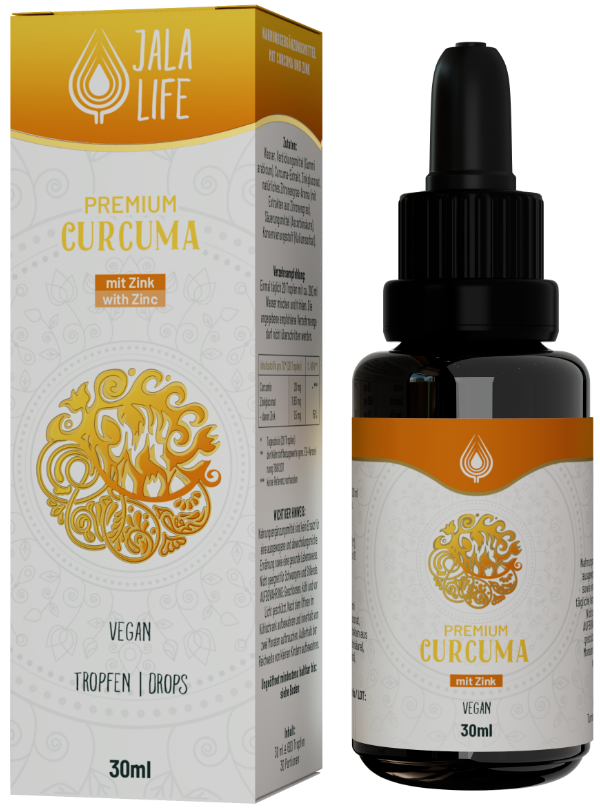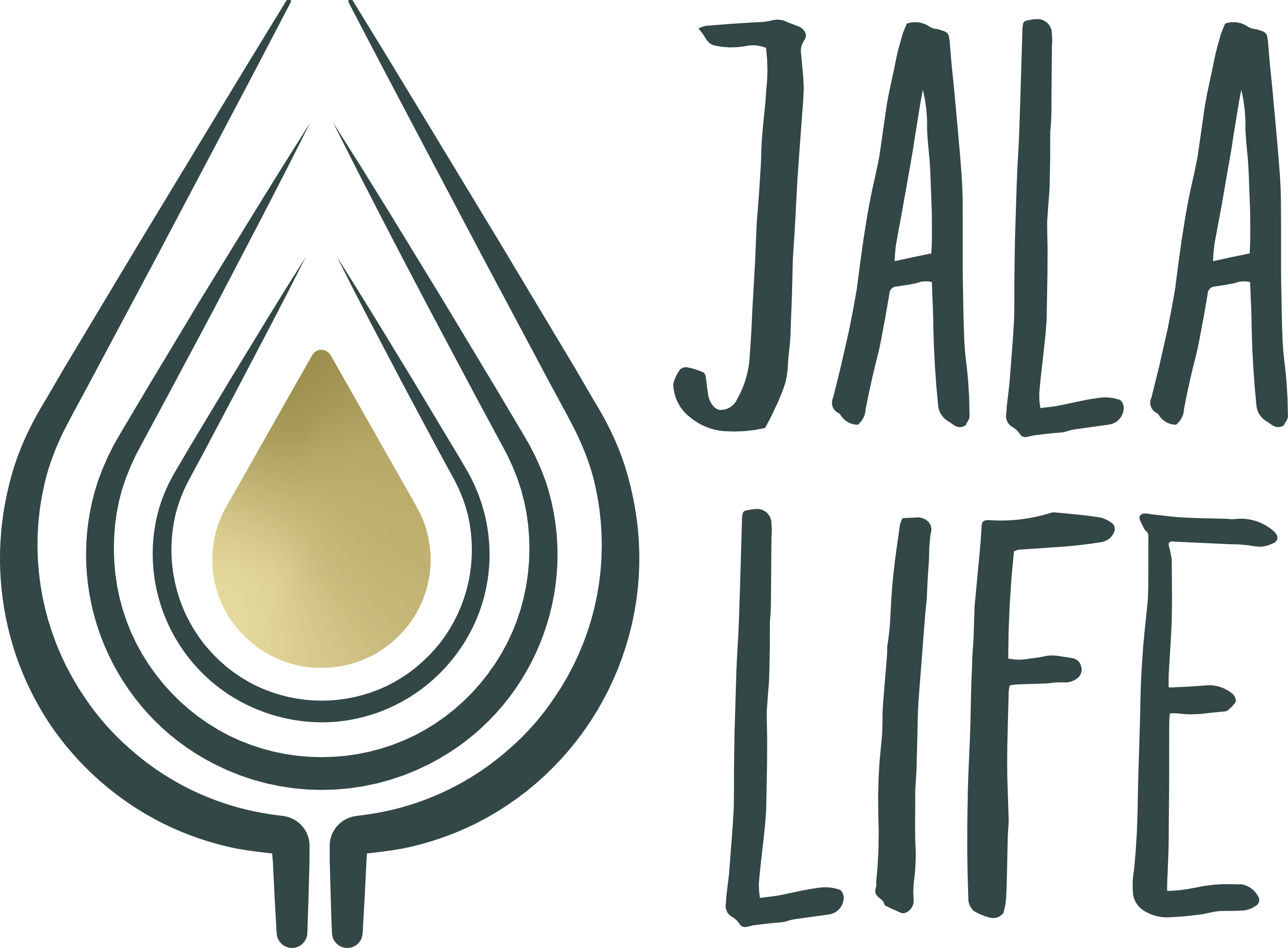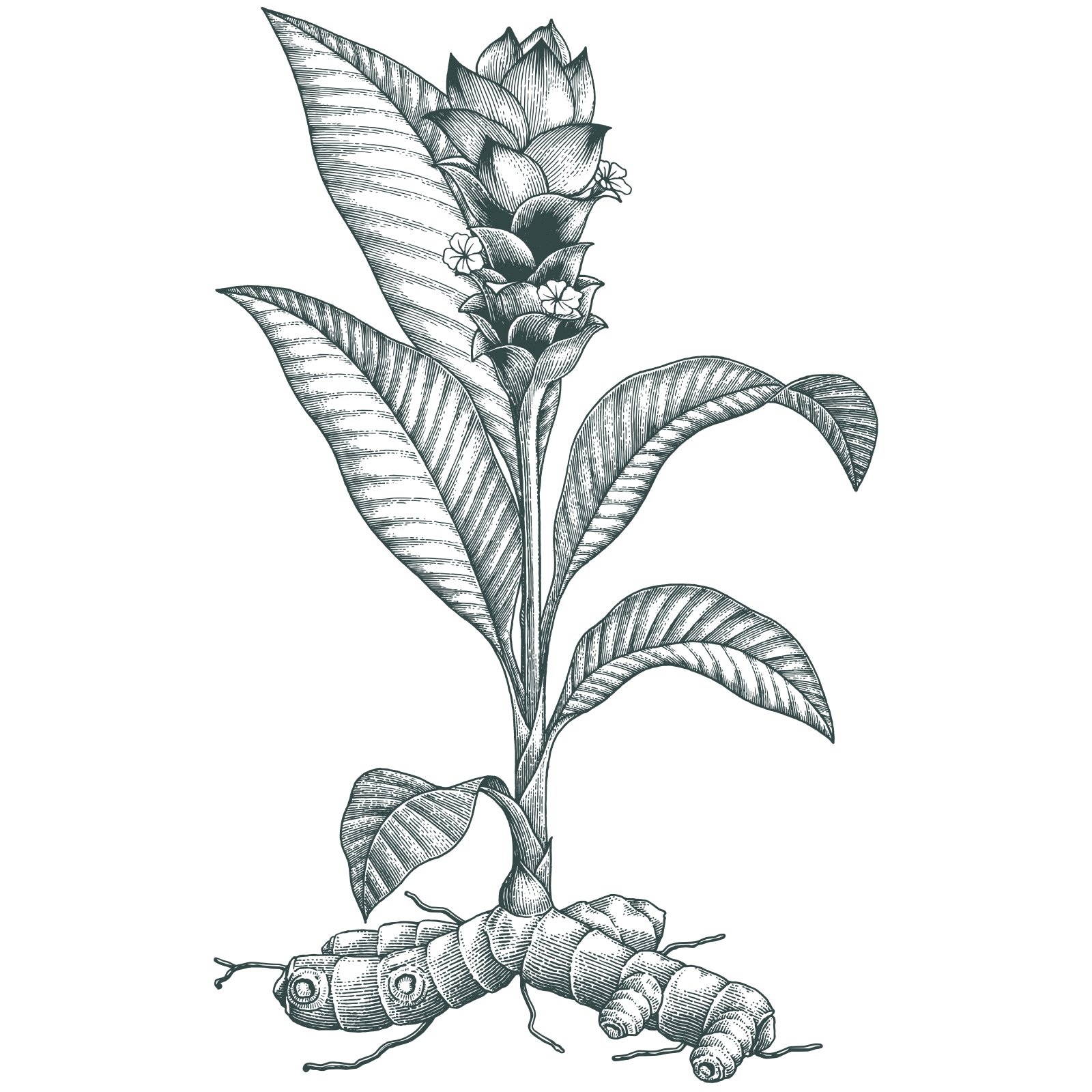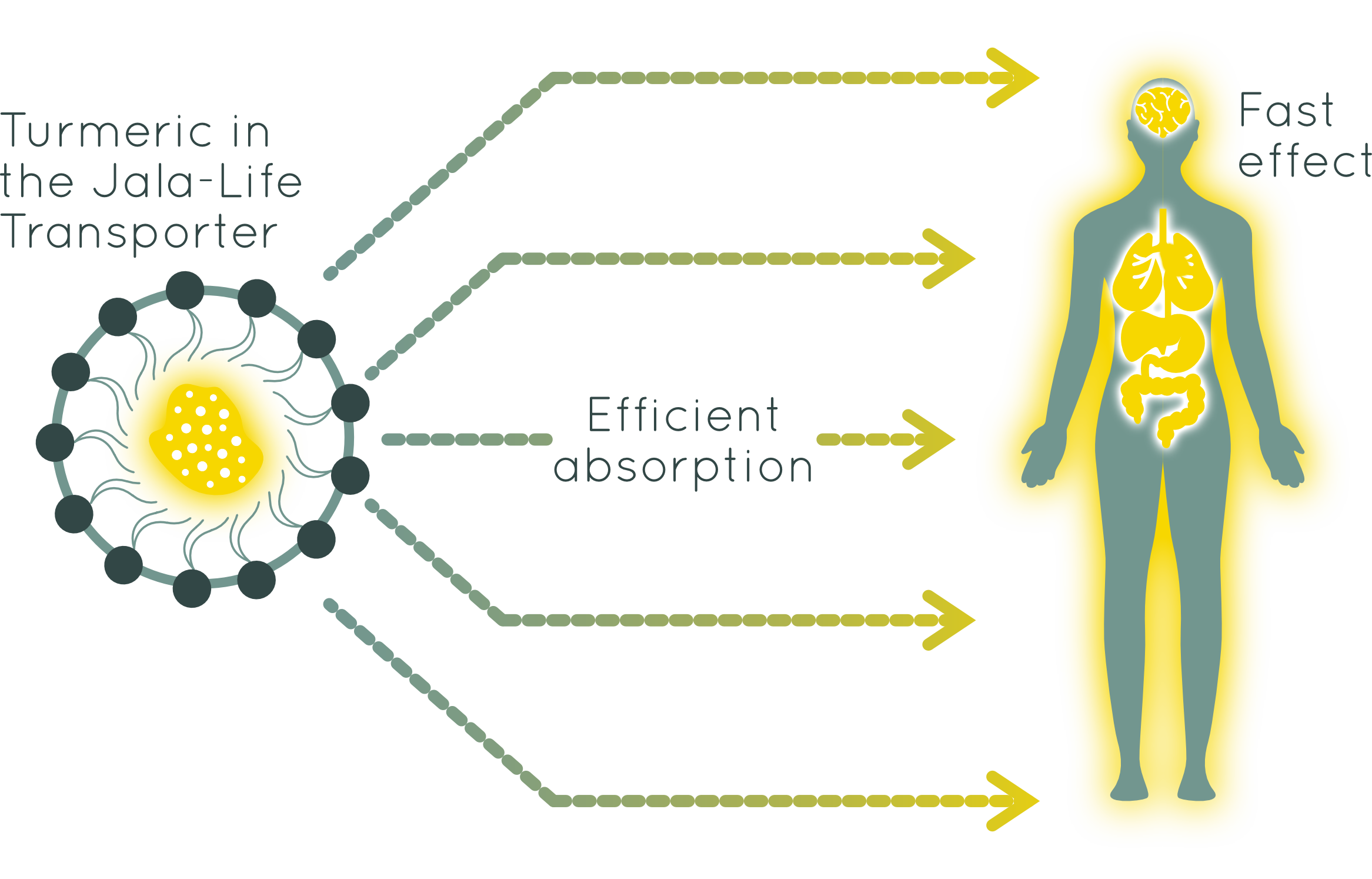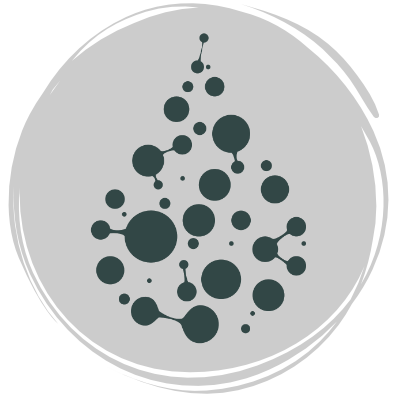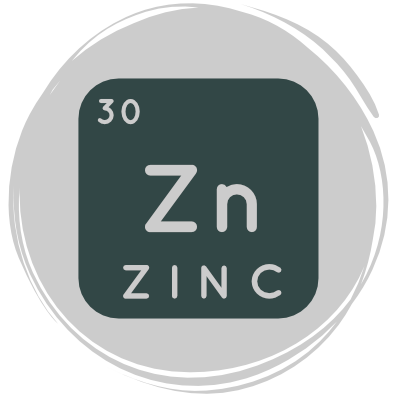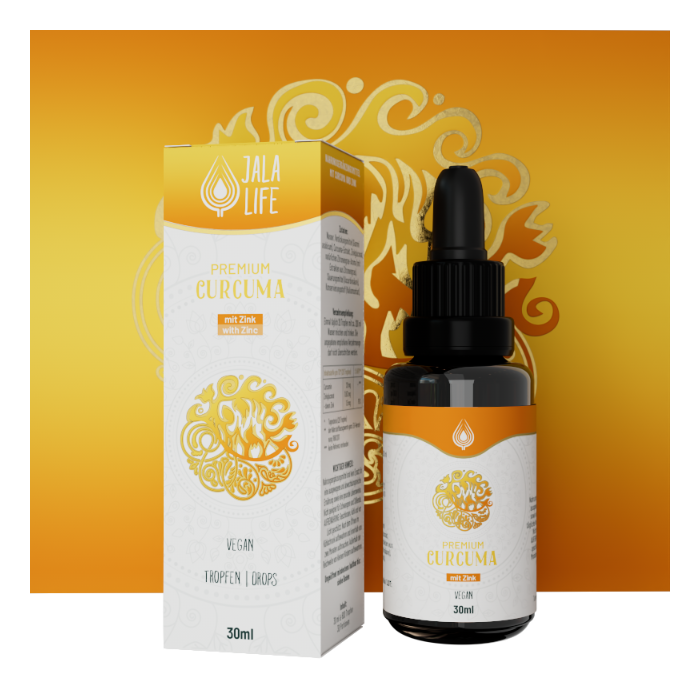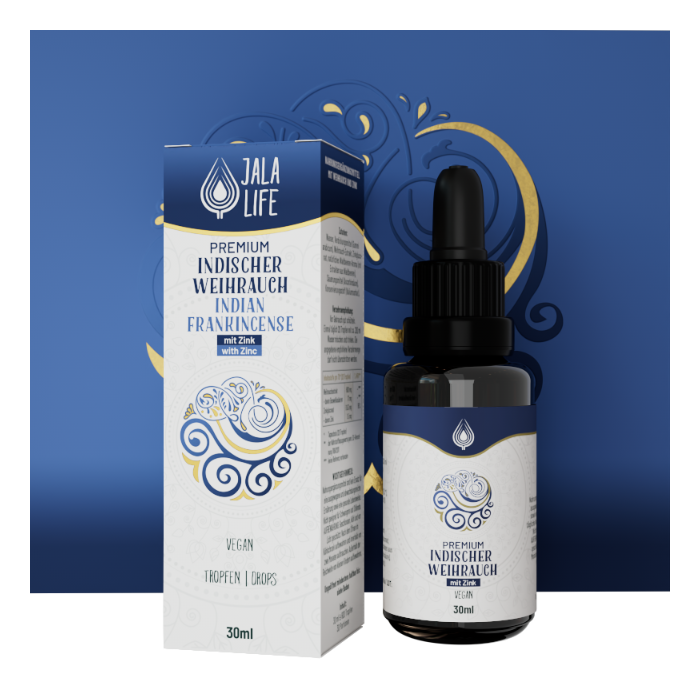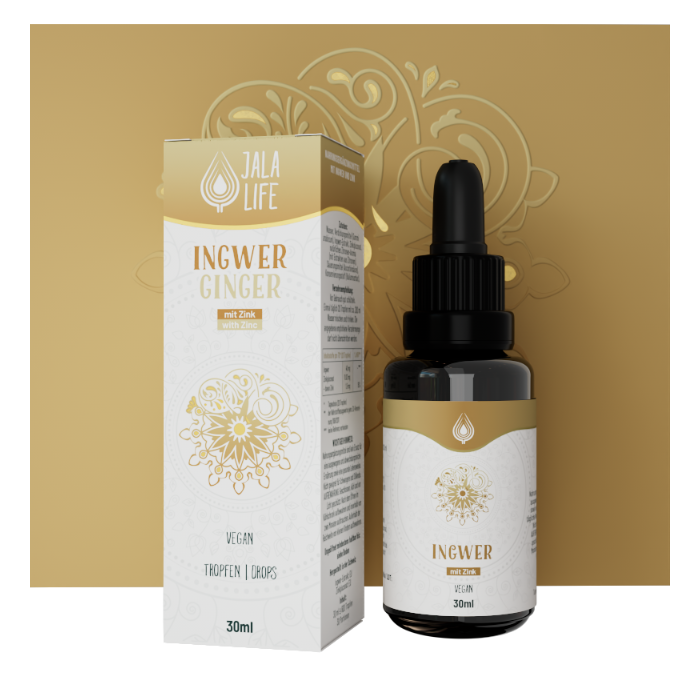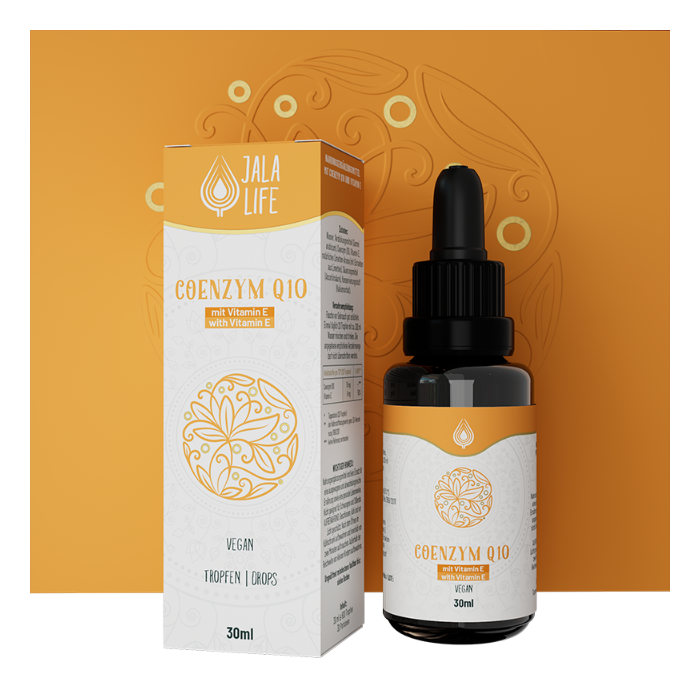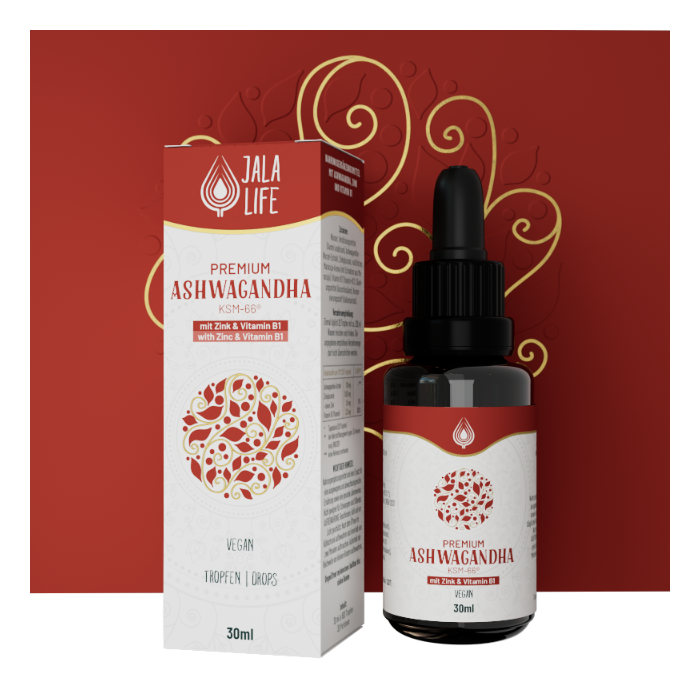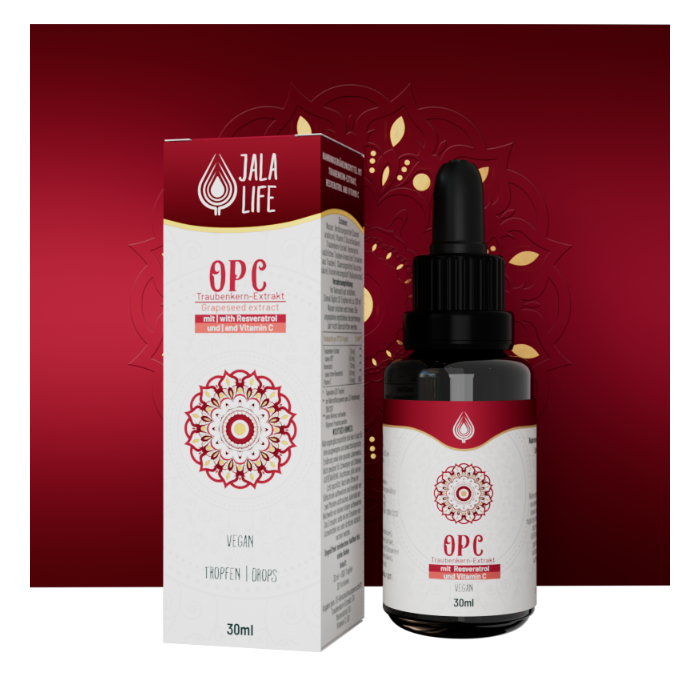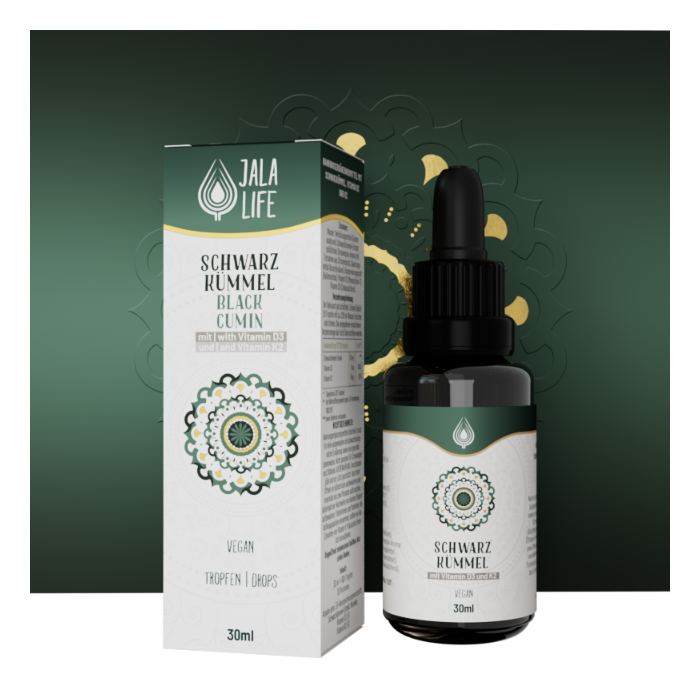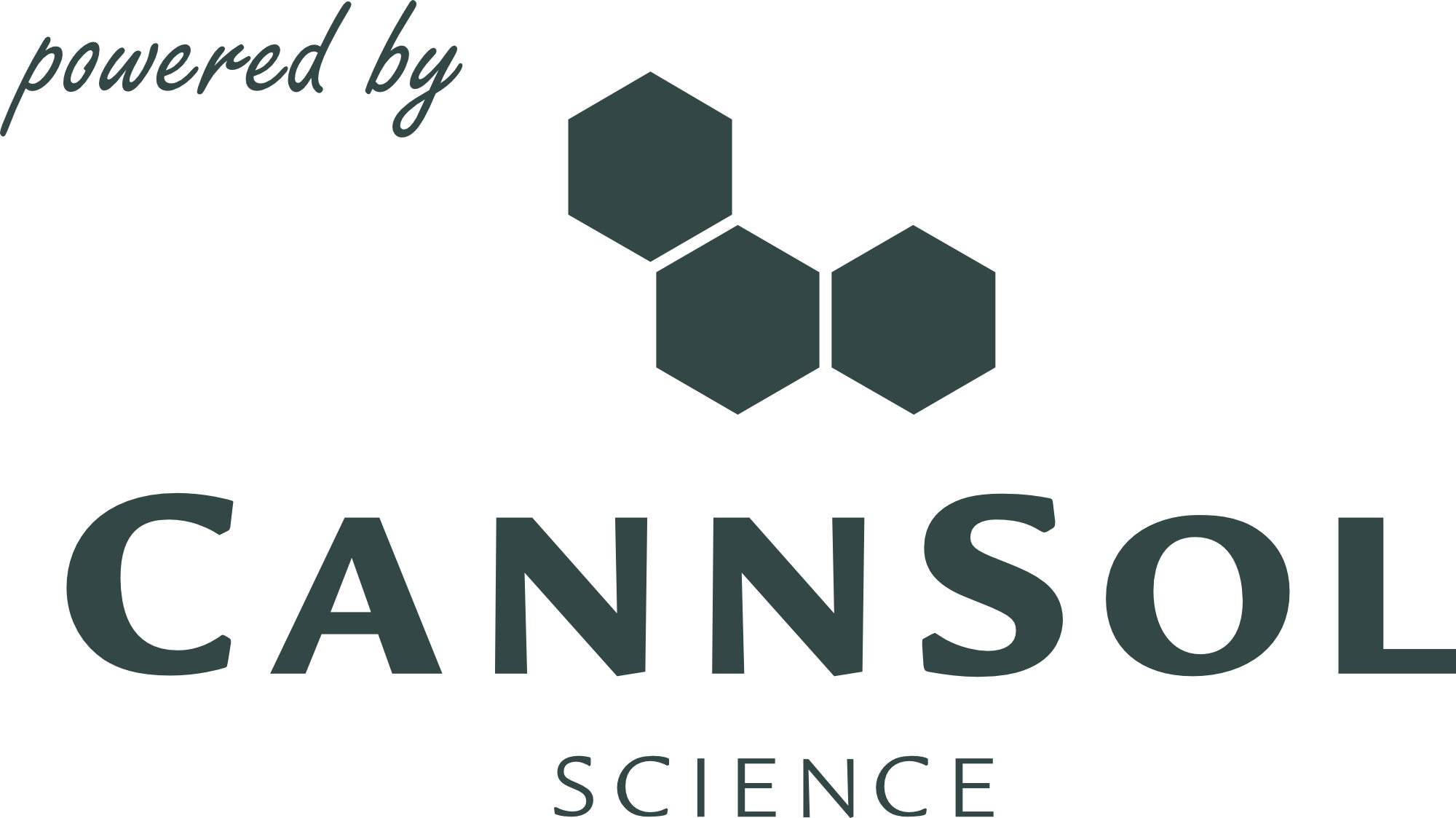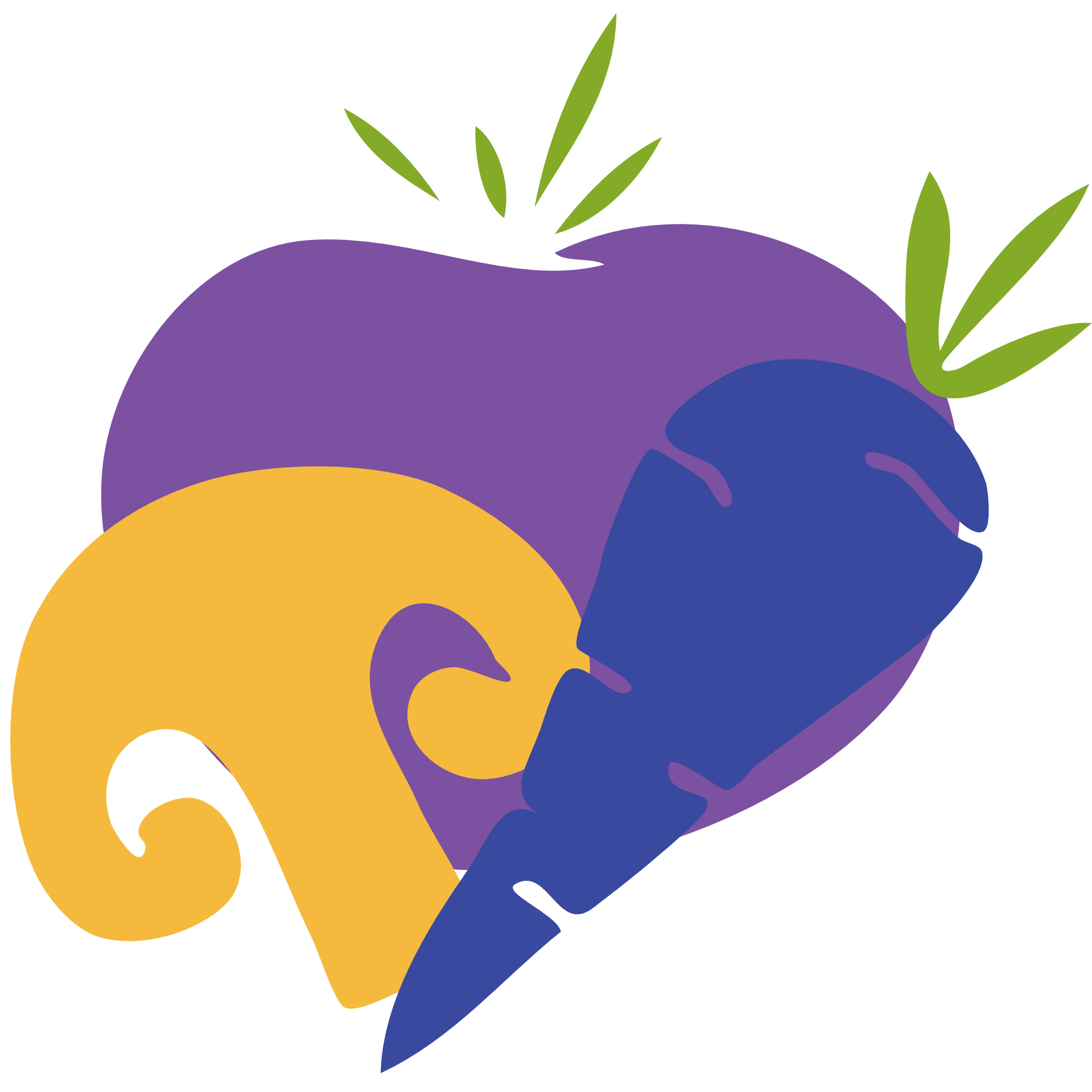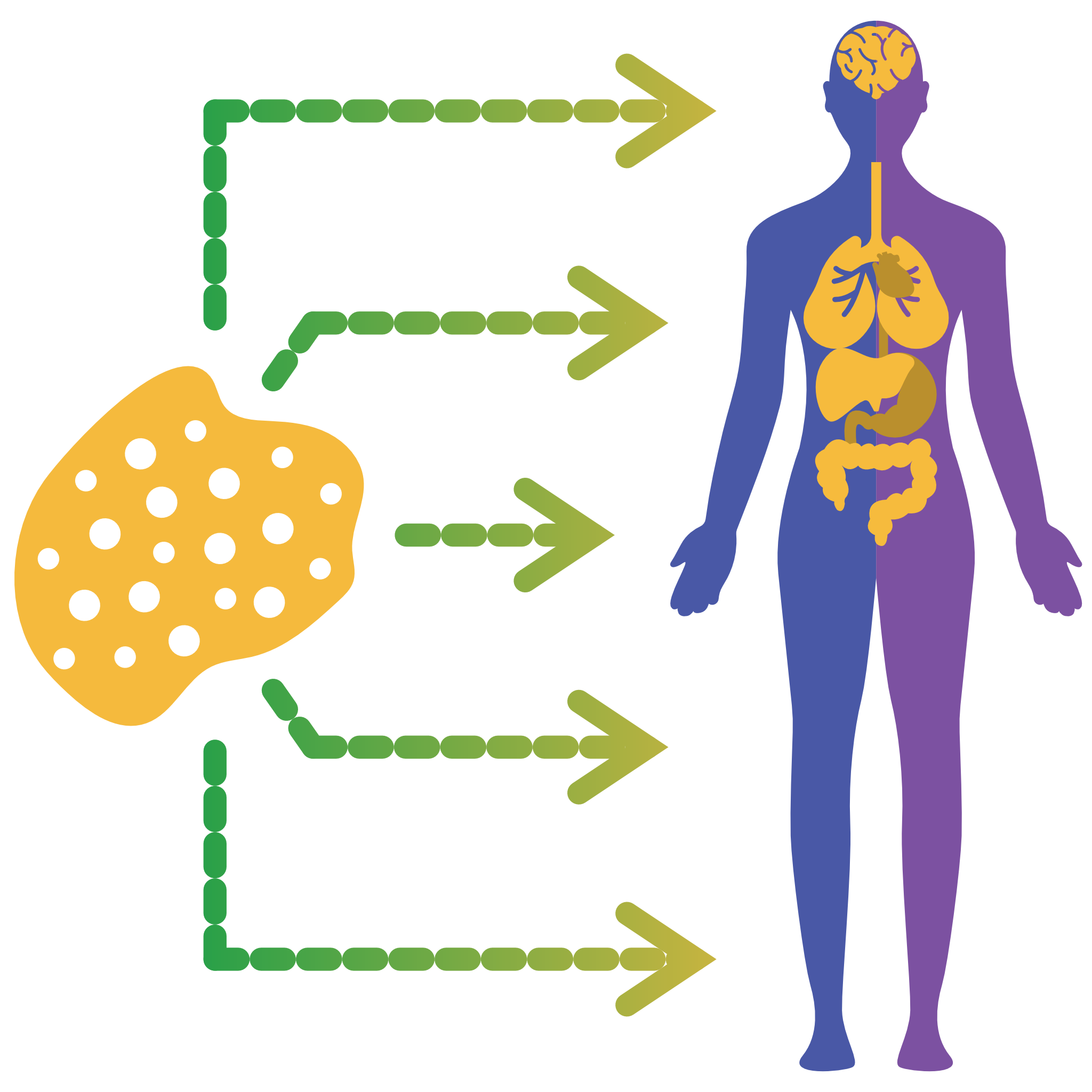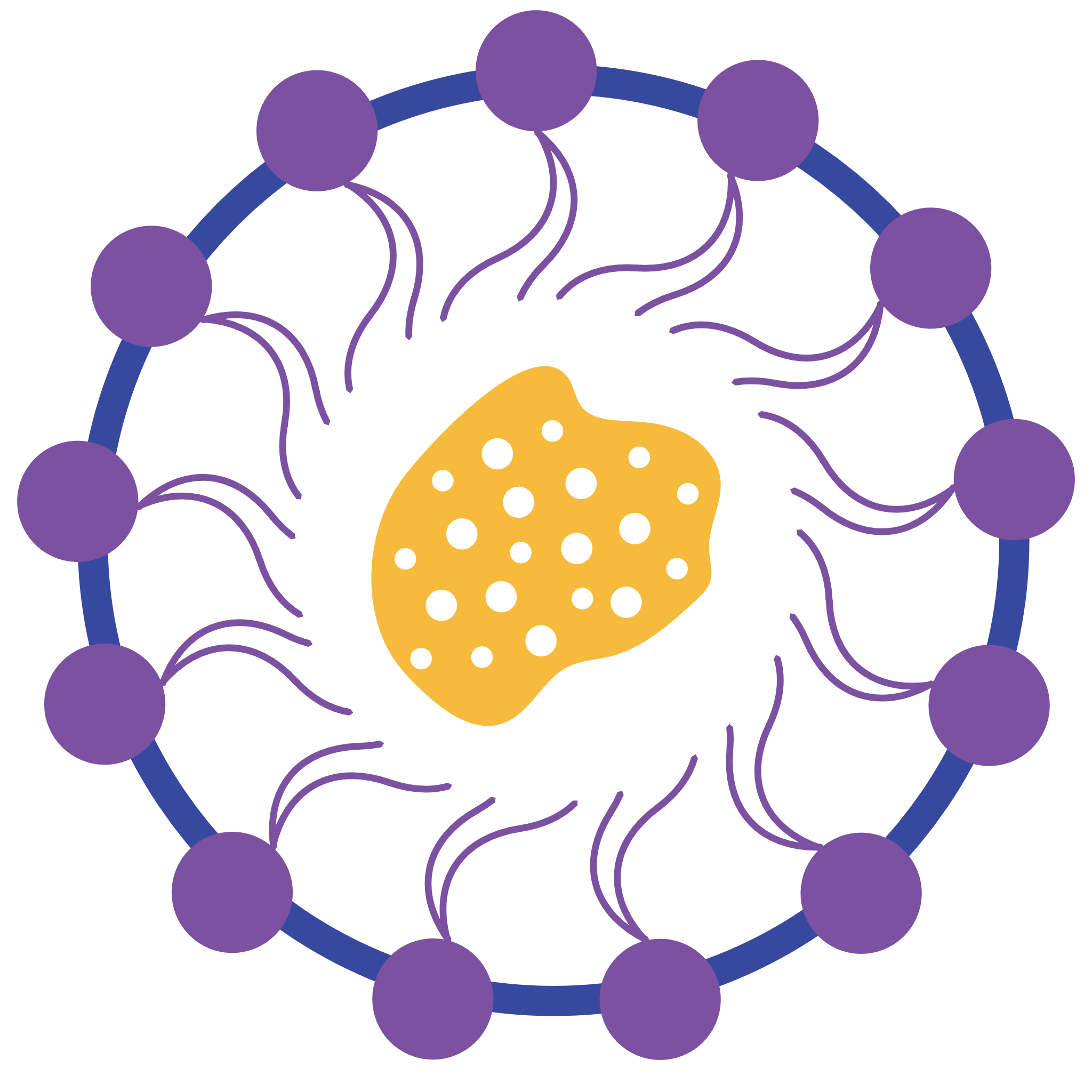Curcuma longa originally comes from Southeast Asia and India, although today it is cultivated more or less in almost all tropical regions. The plant is used in traditional Indian medicine in a wide variety of dosage forms, but is also used in dried form as a powder in the kitchen. Curcuma forms rhizomes that grow underground, which provide the plant nutrient storage and allow overwintering. For both therapeutic and culinary purposes, only the rhizome of the plant is used.
Traditionally, curcuma is used for toothaches, menstrual cramps, stomach and liver problems, intestinal disorders, gastritis, inflammation and rheumatic diseases, for example. The curcuma rhizome contains a group of active ingredients that have been studied very intensively in recent decades. The yellow color of the rhizome is due to the active ingredient curcumin, which is also the most biologically active form of this group of substances. Curcumin is by far the most studied natural active substance of all – and not without reason!
Results from many studies show an extremely broad spectrum of positive effects on the human body, which can be attributed in particular to the biological activity of curcumin. For example, curcumin appears to have a protective effect on the nerves, liver and cardiovascular system, while studies have confirmed antidiabetic, antioxidant, immunoregulatory and anti-inflammatory effects. In addition, curcumin has the potential to increase the activity of detoxifying enzymes in the liver.
To date, more than 100 clinical studies have been conducted with Curcuma longa or curcumin, which not only show very promising results, but also confirm an extremely good safety profile.
